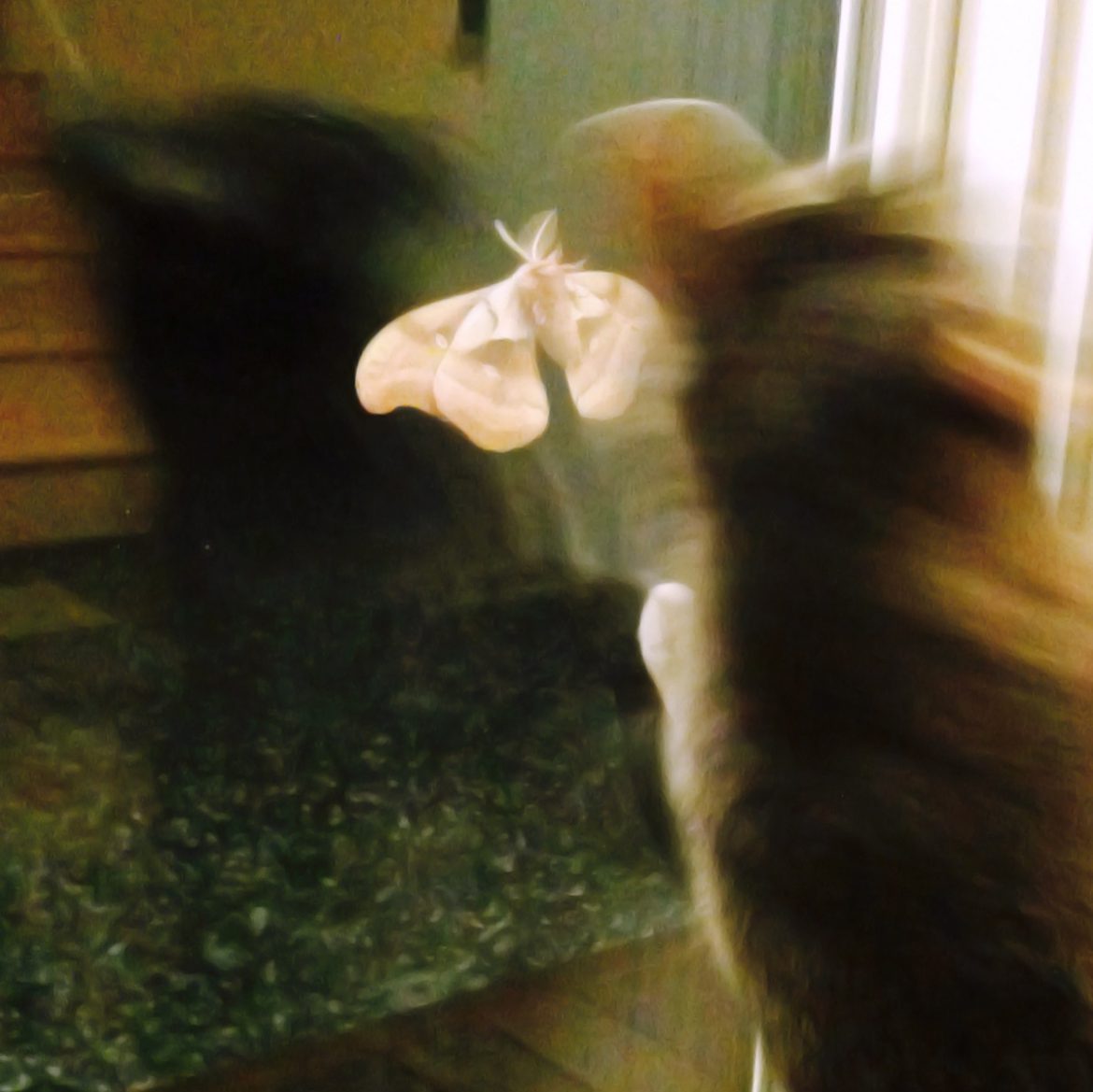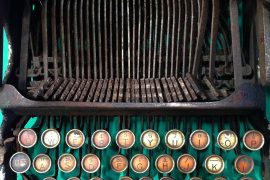Every good story, fictive or true, has a hero. The hero is a character with whom the reader can identify or sympathize, or whose interior is at least somewhat transparent. He may be good or despicable, but he is the person who forms the lens through which the reader sees the story. She follows him, willingly. She wants to see what happens to him next.
The hero has a goal, and his actions toward that goal, sometimes called his through-action, form the arc of the narrative. He begins in one place, and ends, changed, someplace else. He encounters obstacles in pursuit of his goal, and dispatching these obstacles, acting upon them, is the stuff of real drama. Not only does he act—he must act. It’s what keeps the engine of the plot stoked and rolling. It’s what keeps the reader reading.
Even mid-quest, though, the hero may not be able to articulate clearly what his goal is. The reader often knows much more about it than he does. She may be able to deduce it via the context of the narrative, the revelations provided by other characters, a foreshadowing of story line, or by the author’s naked prose.
The hero, meanwhile, knows only he wants something, and wants it badly. But the contours of this longed-for thing can be fuzzy in his mind, and it’s through his encounters with obstacles that he understands more clearly what he doesn’t want, and what he does. Obstacles sharpen the image of the goal, and sharpen the hero’s will.
Fairy tales are a special case. Here, the hero’s goal is usually set forth clearly at the beginning:
Once upon a time, a [ ] decided he wanted [ ] and so he did [ ].
He wanted to marry the princess; he wanted to kill the dwarf; he wanted to capture the flag. Since this is a fairy tale, we know he’s going to get what he wants, although probably not in the way he’d expected. The princess was really a frog, the dwarf was really his father, and the flag turned out to be a dragon’s tail:
… and so he got [ ].
Fairy tales are mostly about the consequences of ardent desire. We read them to remind ourselves that we cannot master fate, that we are human.
In novels, the hero’s objective is usually more nuanced, and a good part of the exposition consists of both reader and hero trying to figure out where, exactly, the hero is headed, and what will become of him then. The author knows all, but she’s not telling, at least not at the get-go, because what happens to the hero in the meanwhile (all those messy complications) is so entertaining. We read novels in part to see what happens when the strange and special characters that populate them bump headlong into complexity, just like we do, sometimes.
In nonfiction—say, biography, autobiography, or memoir—the hero actually knows the goal, but only in retrospect. His actions are revealed as a series of expressed intentions, choices, trials, missteps. This is the stuff of real life, not fairy tale or fiction, although it can be profoundly dramatic. The reader, too, may know the goal, if she knows something of the subject’s life, but she willingly dips into the drama anyway, and, if the author has been skillful, is prompted to set her own life’s choices on the golden scale opposite her hero’s, and weigh them out. And since nonfiction tales usually do not begin in birth and end in death, the author must choose which portion of the story to tell—which part is the story, in other words—so that our hero, who started somewhere, arrives somewhere else at last, at the culmination of something, whether a day’s labors or a lifetime’s. And then the story is done. Or done for now.
Original copyright July 2012.





This is why I love your writing.
Now, which one is the hero in the photo, the cat or the moth? 🙂
Thank you, Deborah.
The cat is the hero, the moth is her goal, the glass is the obstacle. But that’s the story I would tell. You might tell another.